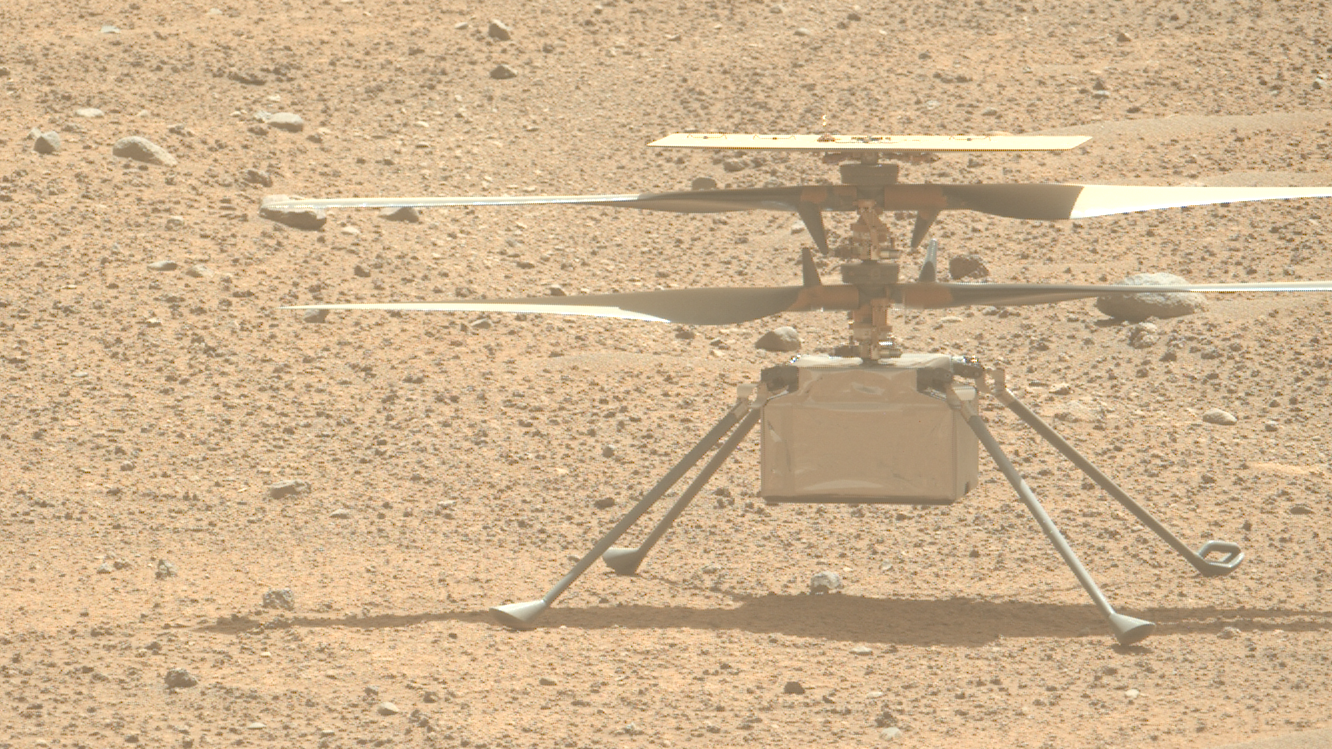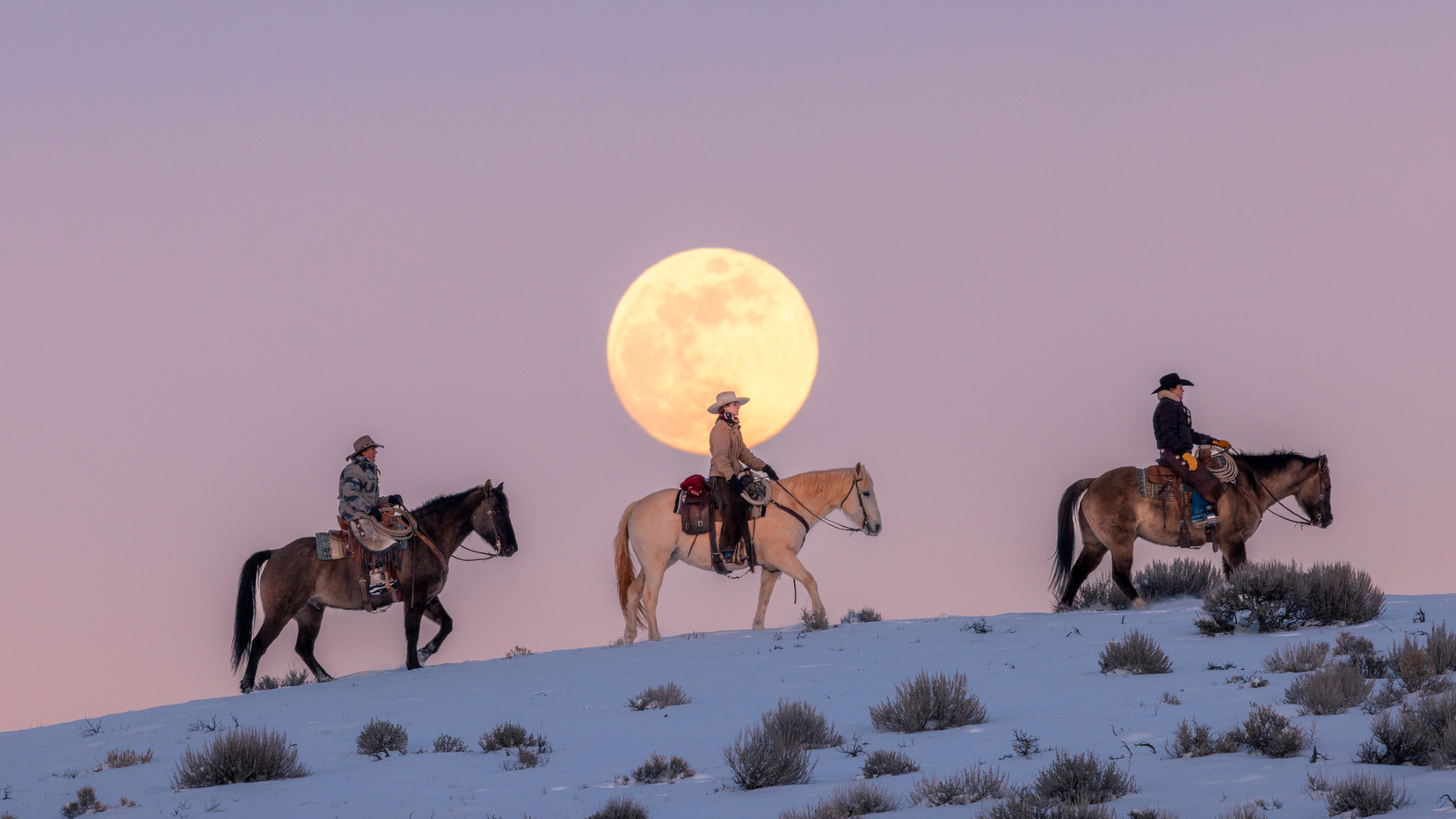Mars helicopter Ingenuity breaks 3-month flight gap with 53rd Red Planet hop
A 54th flight is in the works.

Update for 4:45 p.m. ET: NASA's Jet Propulsion Laboratory has now updated Ingenuity's flight log with statistics from the Mars helicopter's 53rd flight. This story has been updated to include those figures.
NASA's Red Planet helicopter took to the skies again after a three-month pause.
The Ingenuity drone flew on July 22 on Mars, achieving Flight 53. According to the the Ingenuity flight log, the helicopter fly horizontally and north across 468 feet (142 meters) of Martian terrain with air time of roughly 75 seconds. Ingenuity soared roughly 16 feet (5 meters) into the air and achieved a top speed of 5.6 mph (2.5 meters per second).
Ingenuity is already gearing up for another flight; NASA's Jet Propulsion Laboratory's Twitter account already says 54 is in the works. "The #MarsHelicopter team is planning a short pop-up flight, with the rotorcraft reaching 16 feet (5 meters) for about 25 seconds," JPL officials wrote of Flight 54 on Thursday (Aug. 3).
Related: Mars helicopter Ingenuity phones home, breaking 63-day silence
Anecdotal Twitter reports by keen-eyed Mars watchers, looking at the raw pictures coming in from the Red Planet, suggest the helicopter's 54th flight took place on or before Aug. 2. JPL has not yet released any details of the timing, duration, altitude, distance or speed of the flight on as of mid-morning EDT of Friday (Aug. 4).
The milestone 53rd flight happened roughly three months after the last excursion on April 26 when Ingenuity hopped behind rugged terrain and fell silent. That's because it couldn't reach Perseverance, the massive rover relaying communications to and from Earth, until the two vehicles came within view of each other on June 28.
Breaking space news, the latest updates on rocket launches, skywatching events and more!
Ingenuity has expanded its flight manifest by more than fivefold. Sent to Mars as the first powered, controlled aircraft on another world, the original plan called for only five flights in 2021. The helicopter has persisted with flair through communications shortages, cold weather, dusty conditions and other complications endemic to working on the Red Planet.
The drone's expanded mission now sees Ingenuity act as a scout for its partner Perseverance, which alighted on the surface in February 2021. Perseverance is on a hunt for ancient habitable conditions and is caching samples aside for a planned Mars sample return mission. Lightsaber-shaped samples of Red Planet material may ferry back to Earth in the 2030s, depending on funding and political will.

Elizabeth Howell (she/her), Ph.D., was a staff writer in the spaceflight channel between 2022 and 2024 specializing in Canadian space news. She was contributing writer for Space.com for 10 years from 2012 to 2024. Elizabeth's reporting includes multiple exclusives with the White House, leading world coverage about a lost-and-found space tomato on the International Space Station, witnessing five human spaceflight launches on two continents, flying parabolic, working inside a spacesuit, and participating in a simulated Mars mission. Her latest book, "Why Am I Taller?" (ECW Press, 2022) is co-written with astronaut Dave Williams.

